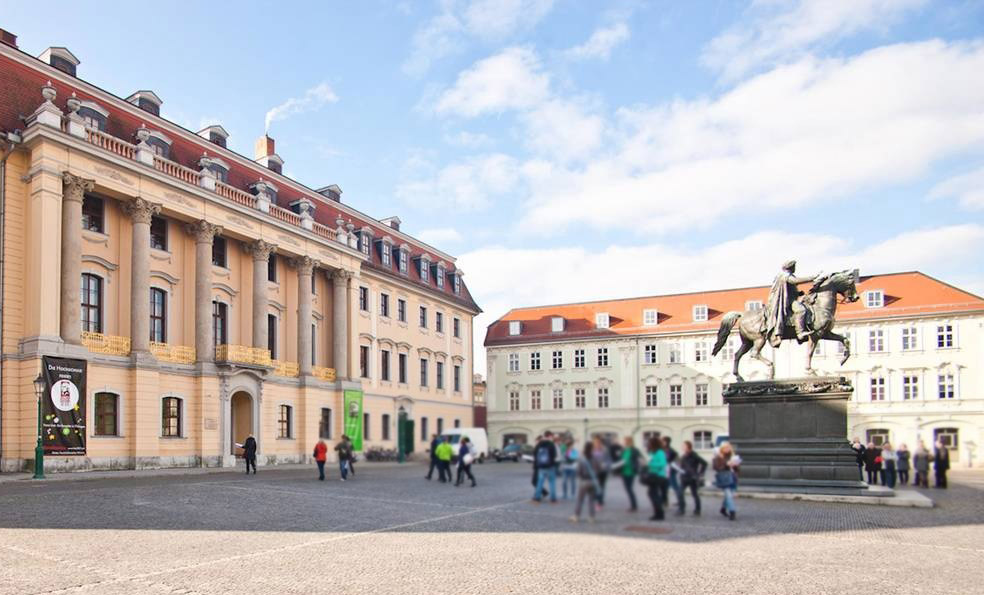Marktplatz, J. S. Bach Weimar
Audio Guide Marktplatz, J. S. Bach
Marktplatz is the central square (market square) in Weimar. This square plays a pivotal role in the history and culture of Weimar and is one of the most picturesque and visited places in the city.
Marktplatz has been the center of urban life in Weimar since the 14th century. The square was the venue for fairs, religious ceremonies, and various public events. It served as a place for trade, social gatherings, and entertainment.
Marktplatz is surrounded by beautiful buildings in Renaissance, Baroque, and Neoclassical styles. One of the most famous buildings on the square is the Weimar Town Hall (Rathaus), constructed in the 16th century. This building represents a splendid example of German Renaissance architecture and serves as the administrative center of the city.
This square frequently hosts a variety of events and festivals, such as Christmas markets, concerts, and exhibitions. Around Marktplatz, you can find restaurants and cafes where you can sample local dishes and beverages, enjoying the atmosphere and panoramic views of the historic square.
Marktplatz is also home to several monuments and sculptures, including statues of Ludwig van Beethoven and Johann Sebastian Bach.
Weimar is a city where Bach worked as a musician and composer for a period. In 1708, at the age of 23, he took on the role of organist at the nearby St. Peter and Paul Church, which is in close proximity to Marktplatz. This appointment was one of his first significant musical positions.
Furthermore, you can find a monument that features a statue of Bach with an organ, symbolizing his contribution to the world of music. This monument is an integral part of Weimar's cultural heritage, reminding us of the city's connection to one of the greatest composers in history.
Moreover, in Weimar, you can visit the Bach Museum, where you will find numerous exhibits related to Bach's life and work, including his manuscripts and musical instruments. This museum is a significant component of the city's enriched cultural heritage and attracts music enthusiasts and tourists alike.
Other sights
-
Albert Schweitzer Denkmal
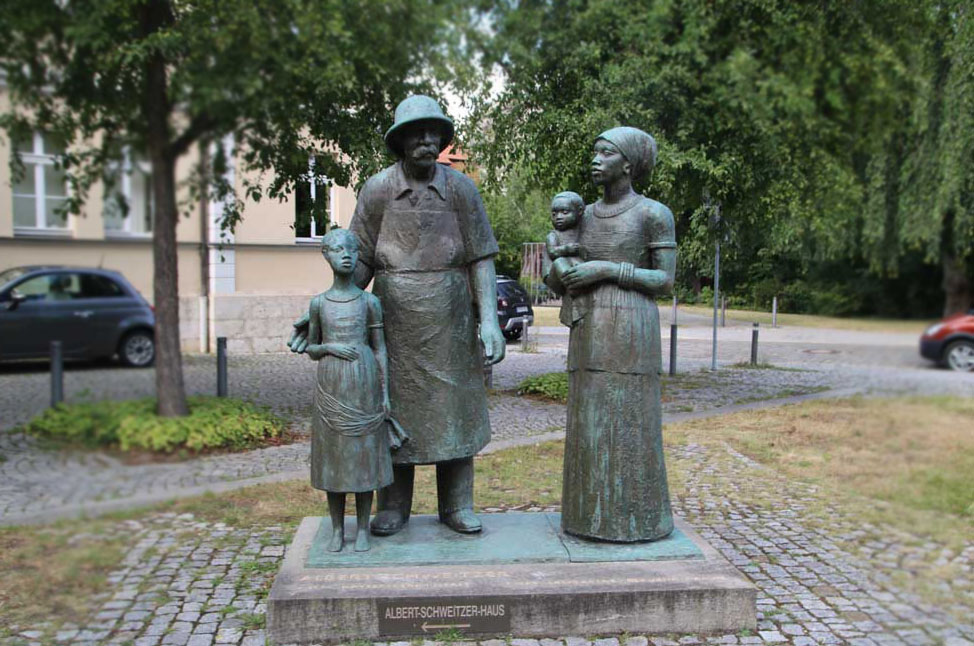
-
Altenburg (Franz Liszt)

-
Atrium & ehemaliges Gauforum
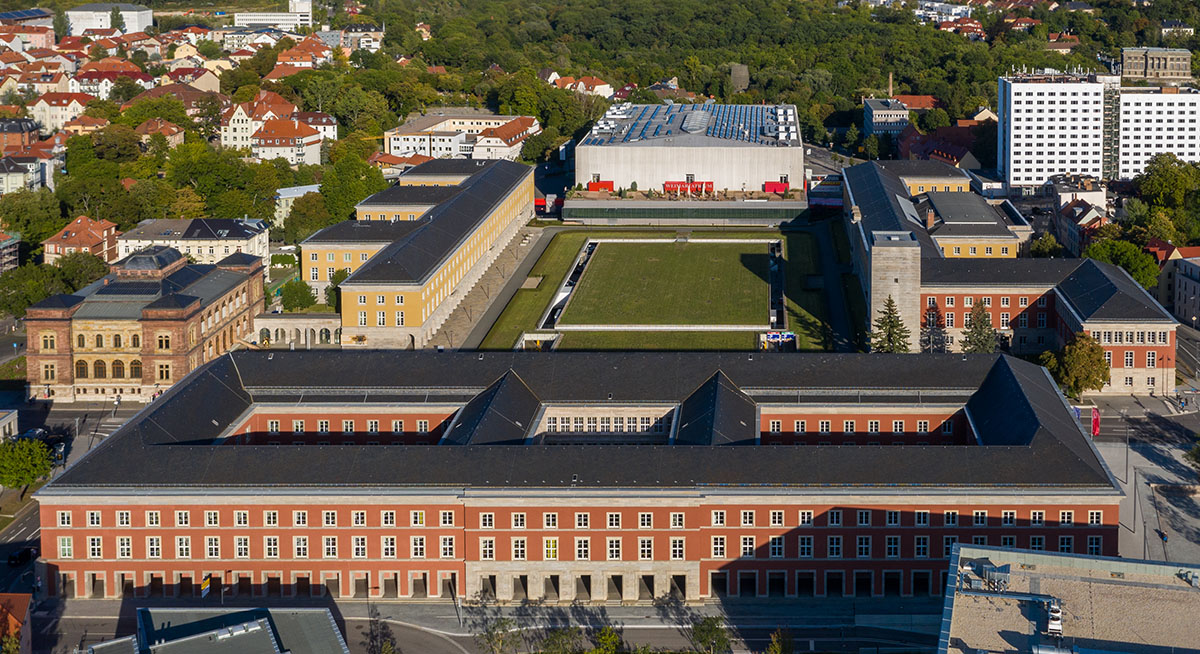
-
Bauhaus Universität (Henry van de Velde)
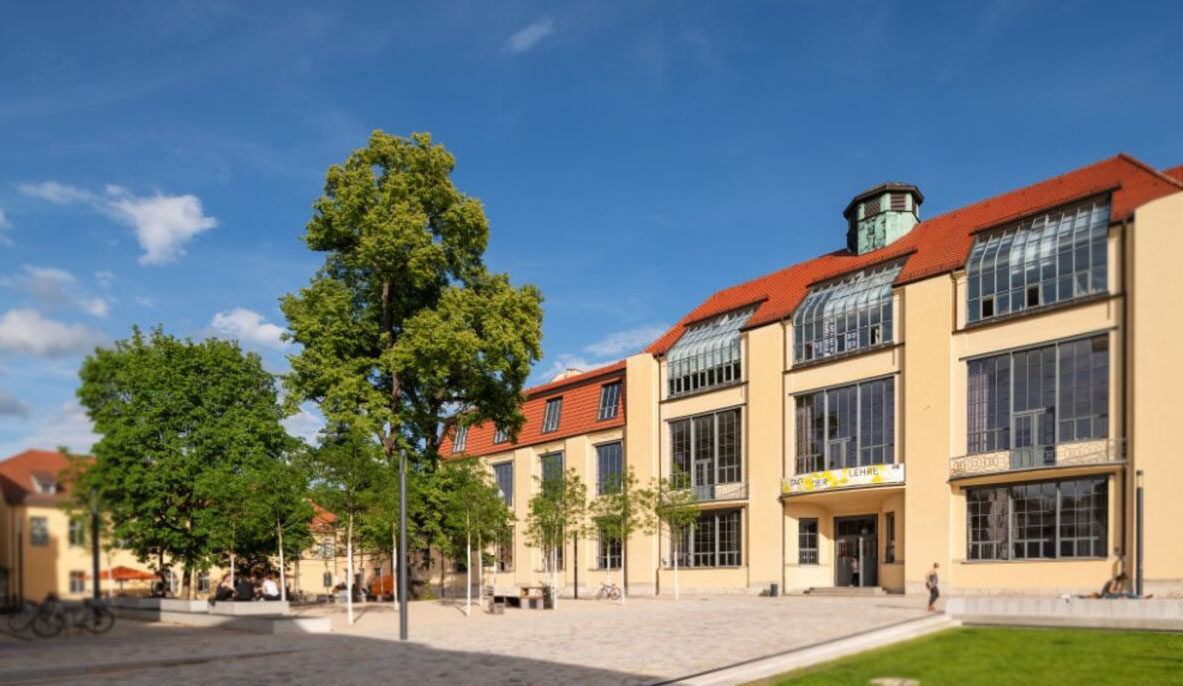
-
Bauhaus: Haus am Horn
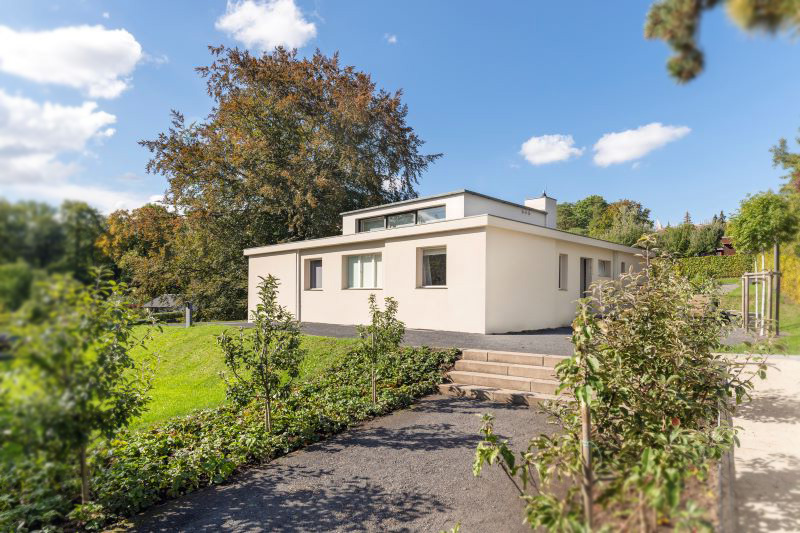
-
Carl Heinrich Ferdinand Streichhan-Kaserne
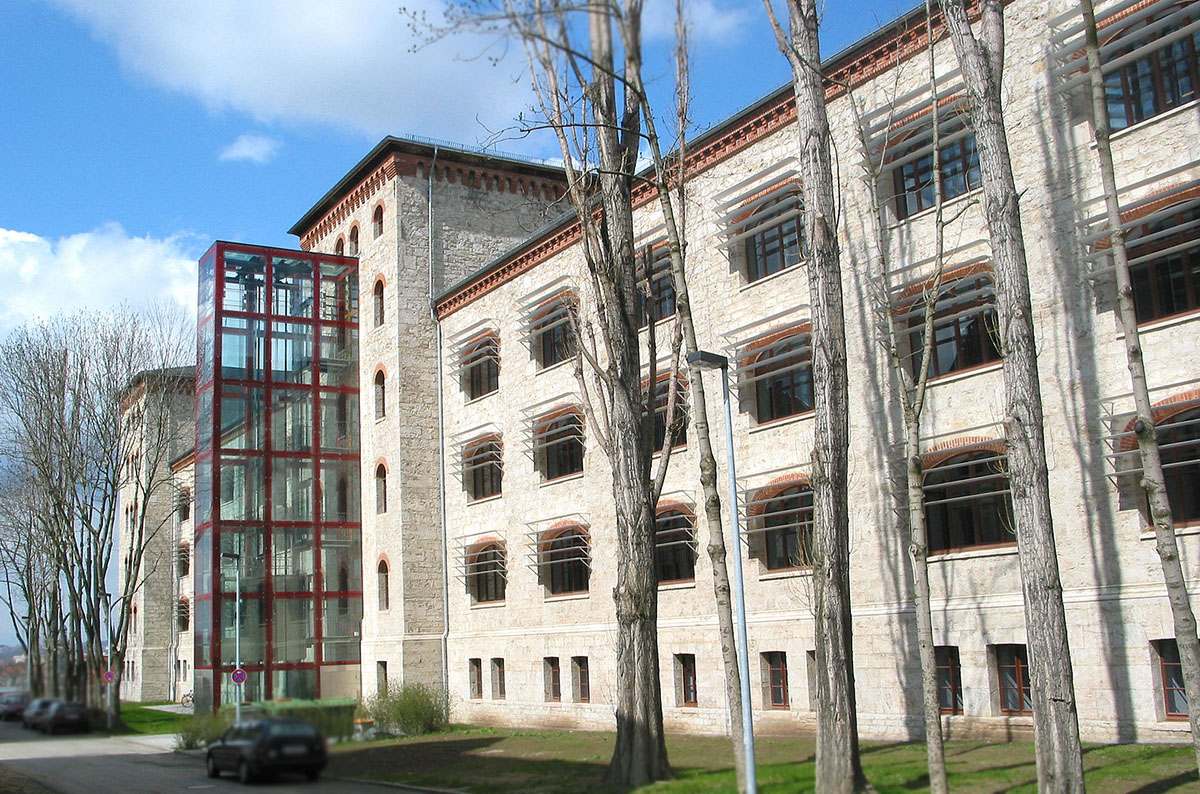
-
Cranachhaus
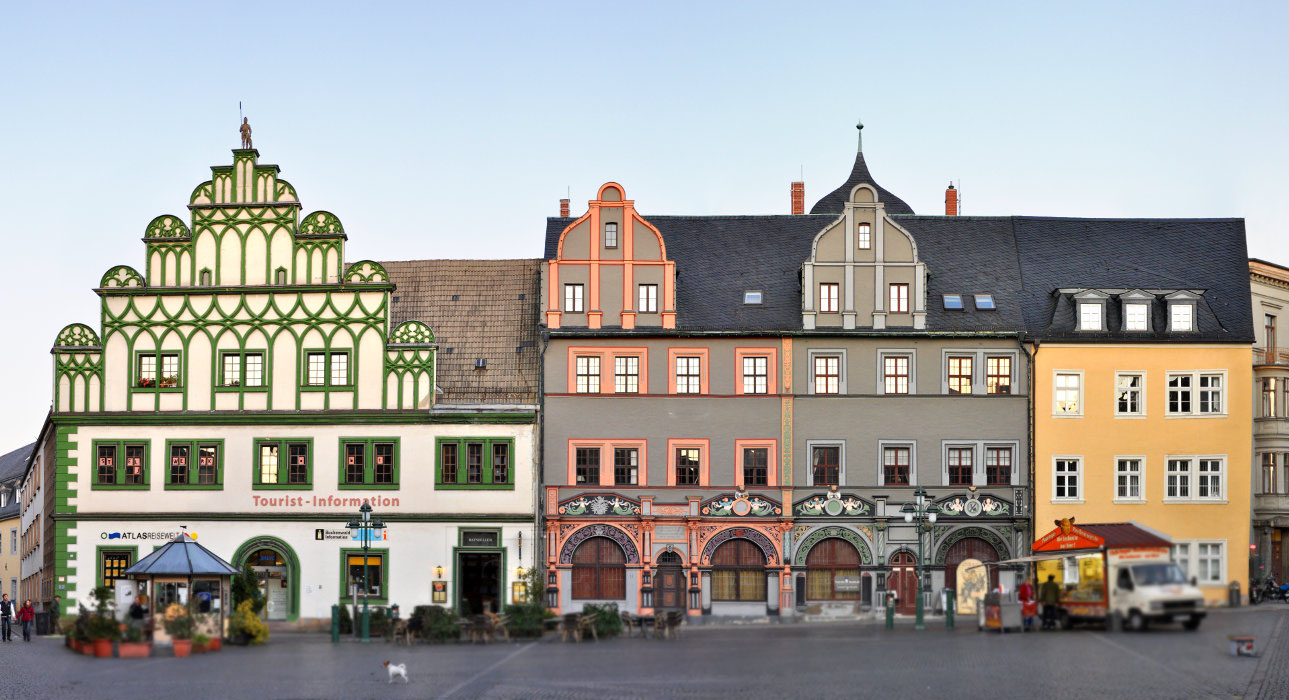
-
Denkmal Nepomuk Hummel
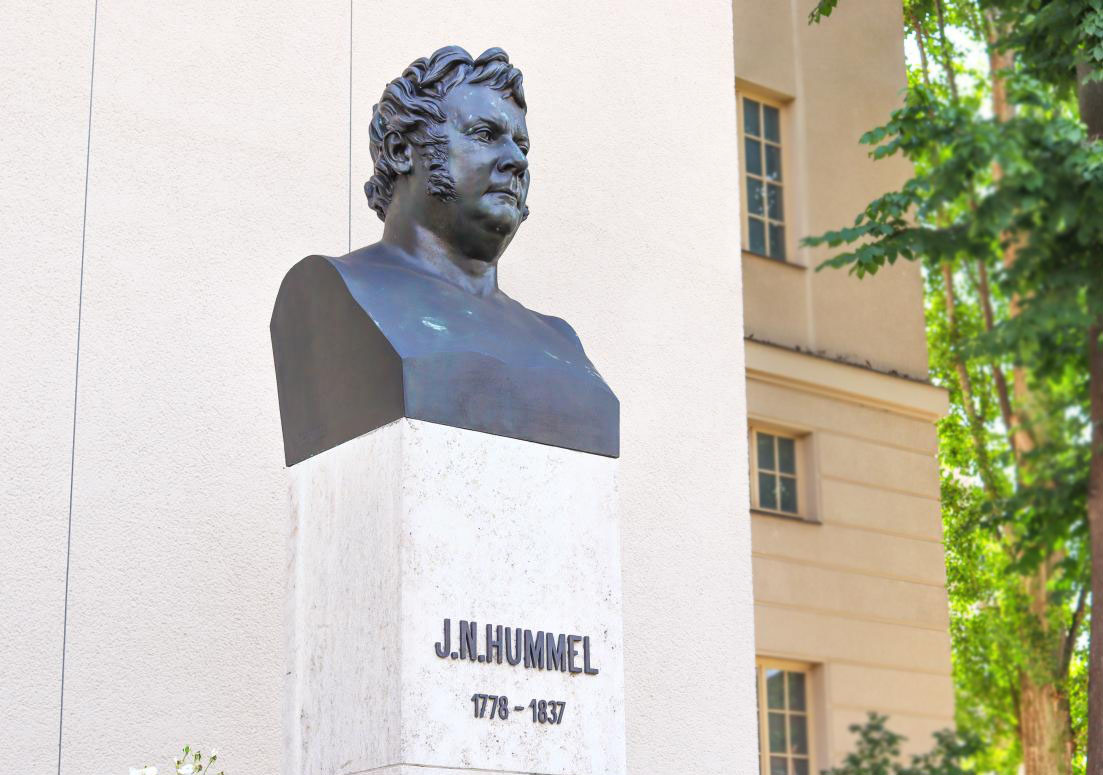
-
Denkmal Nepomuk Hummel und katholische Kirche
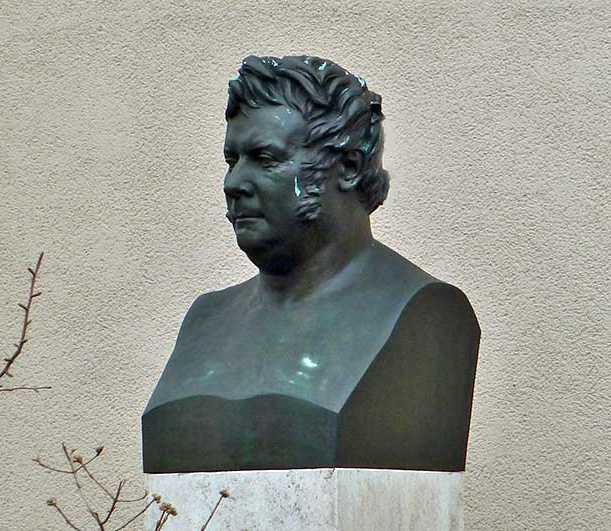
-
Deutsches Nationaltheater Goethe & Schiller Denkmal
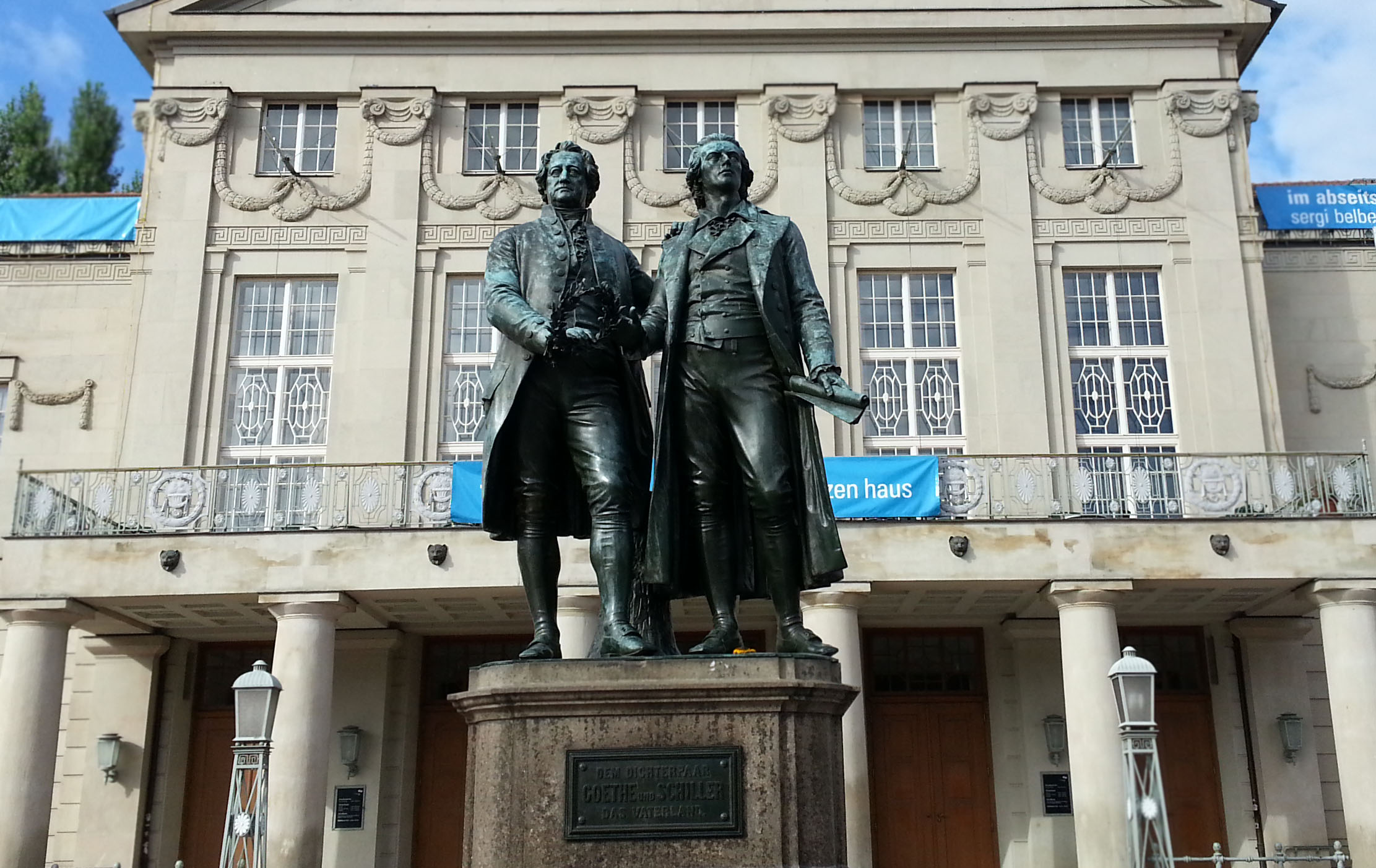
-
Ginkgobaum
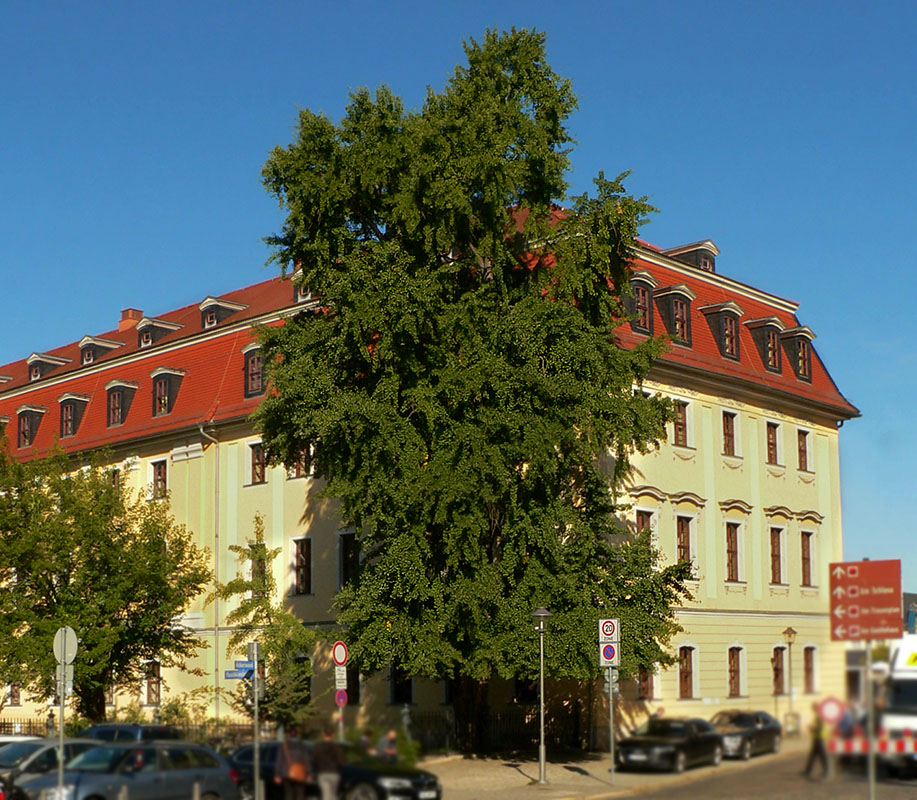
-
Goethe- & Schillerarchiv
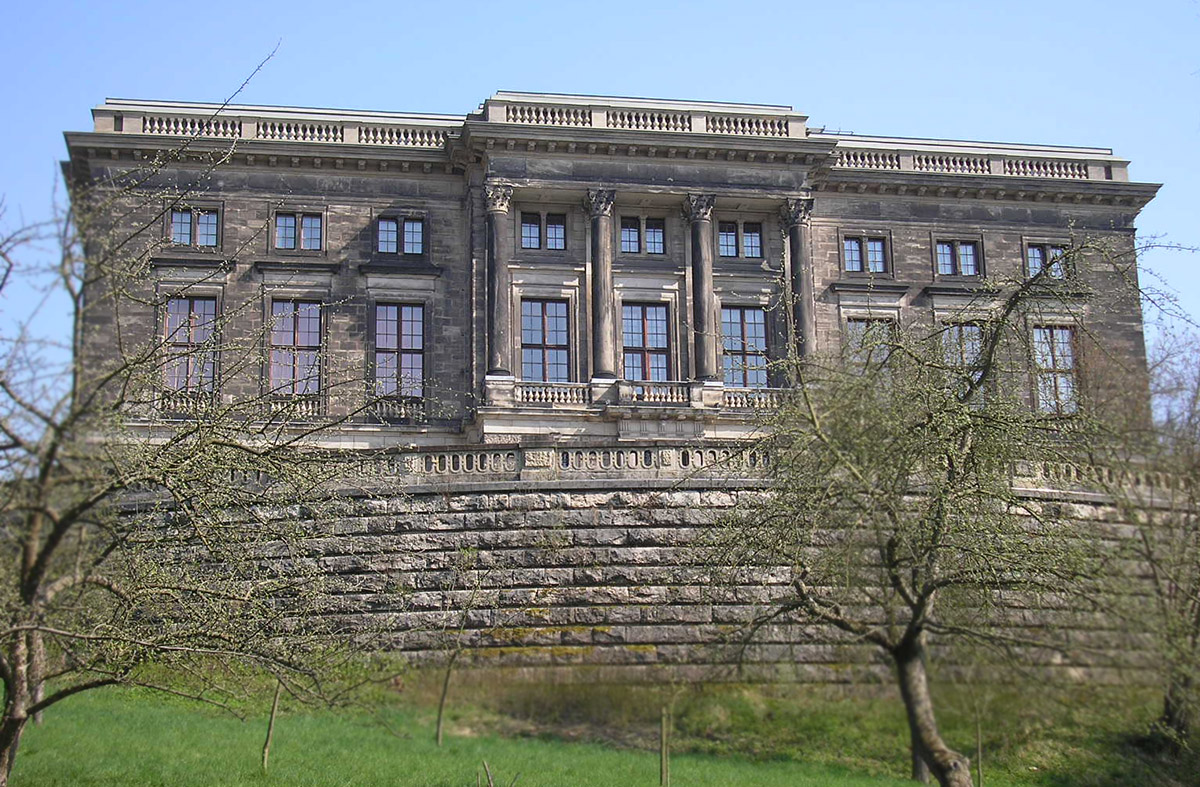
-
Goetheplatz mit Kasseturm & Stadtmauer

-
Goethes Wohnhaus
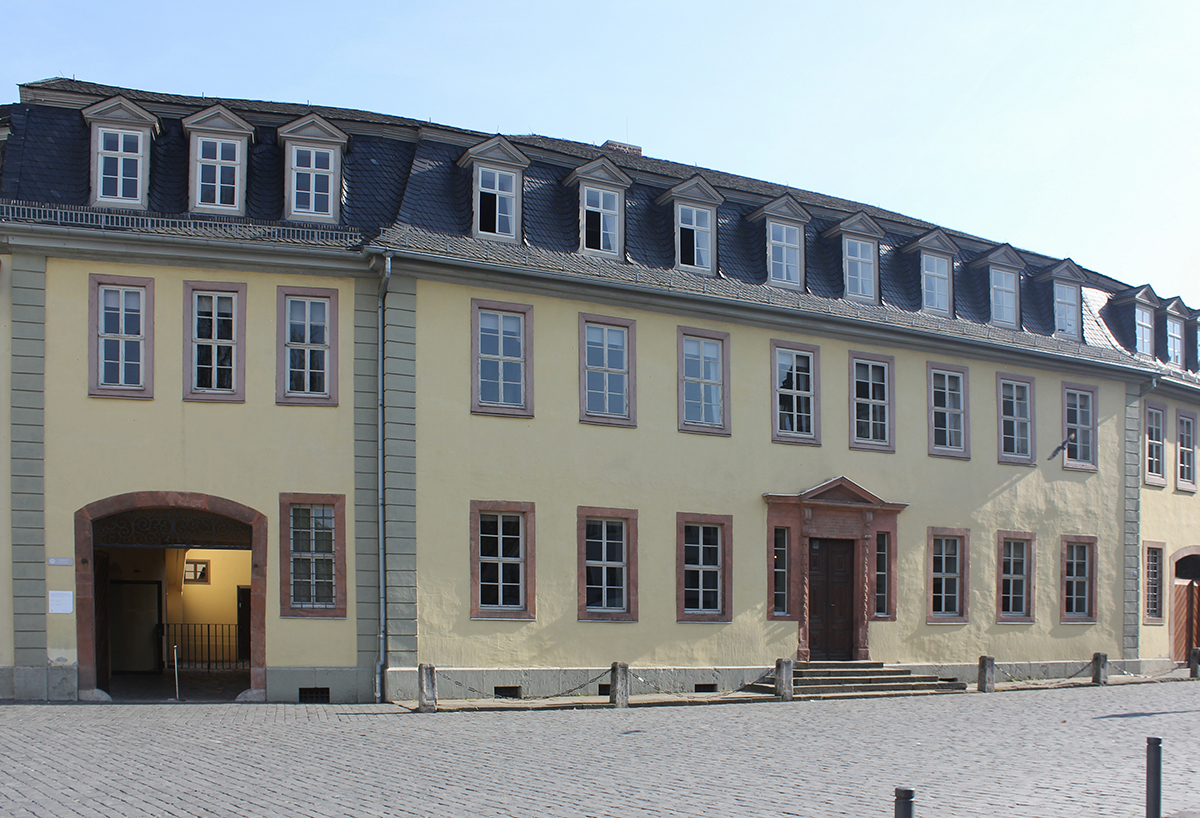
-
Haus am Horn
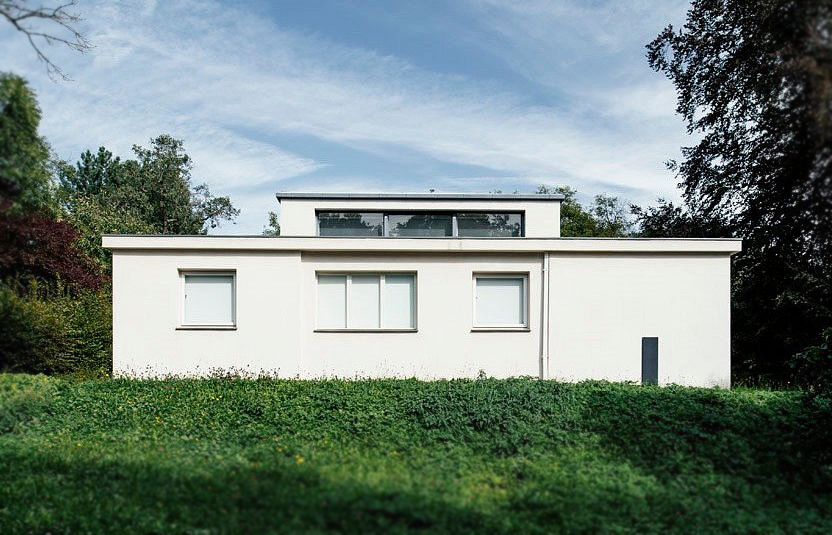
-
Haus der Charlotte von Stein
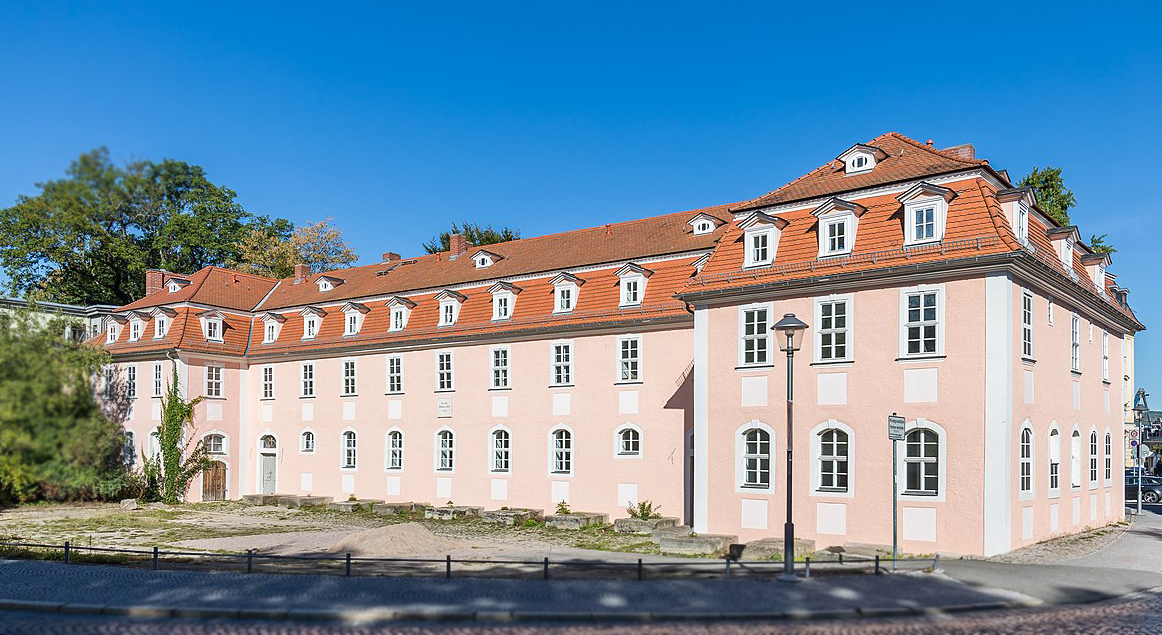
-
Herderplatz & Kirche St. Peter und Paul
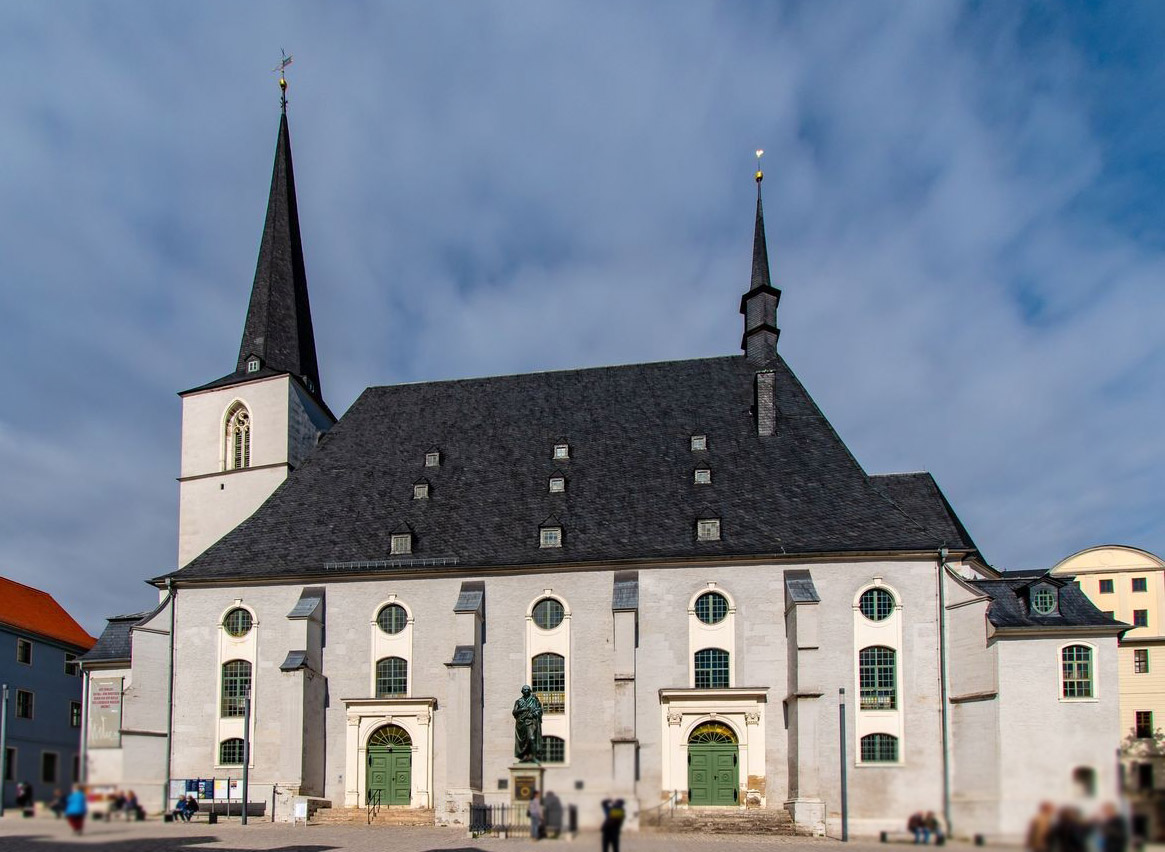
-
Herzogin Anna-Amalia-Bibliothek
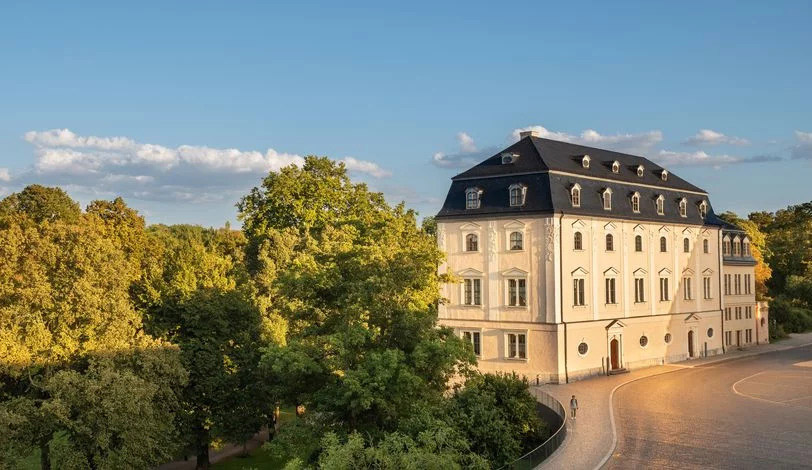
-
Historischer Friedhof
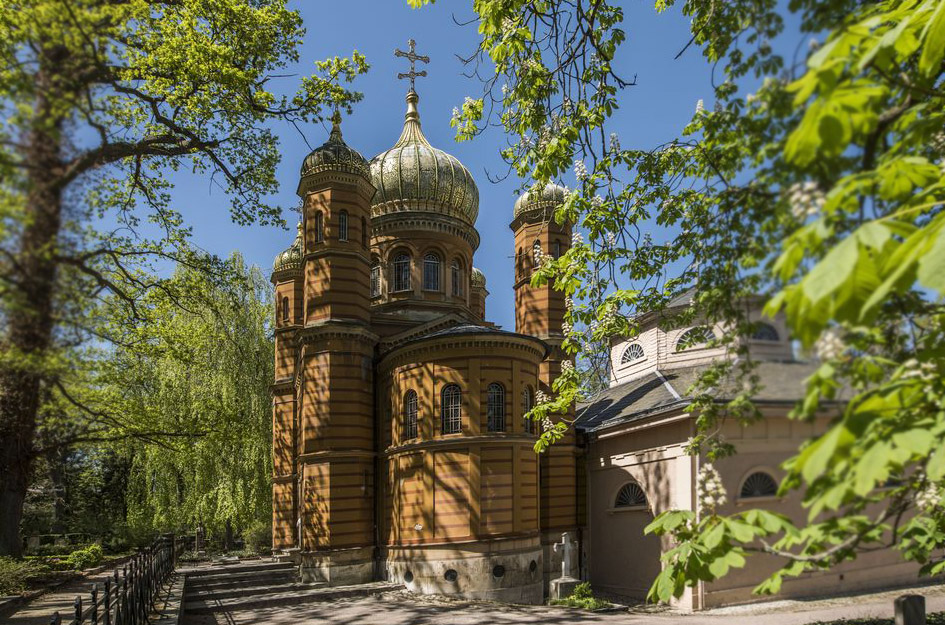
-
Hochschule für Musik Franz Liszt (Fürstenhaus)
-
J. G. Herder, Kirche St. Peter und Paul
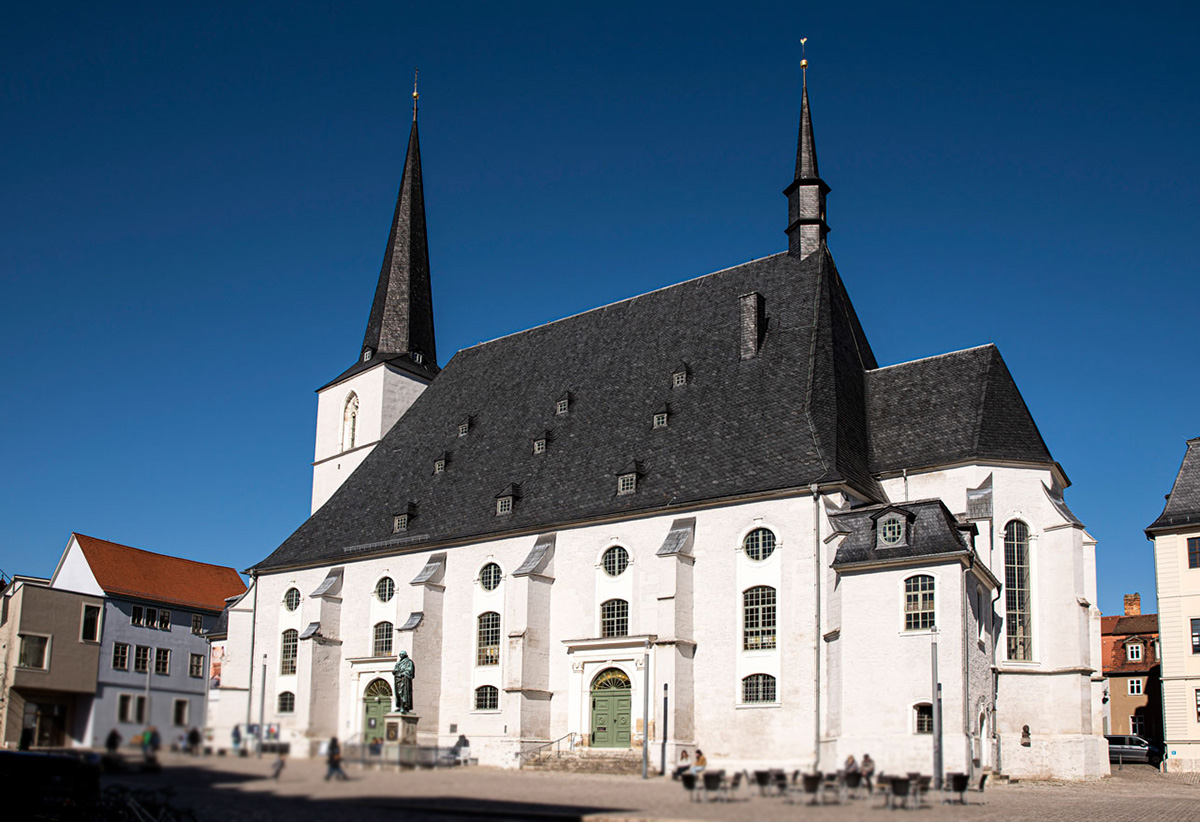
-
J. S. Bach in Weimar & Bachtafel
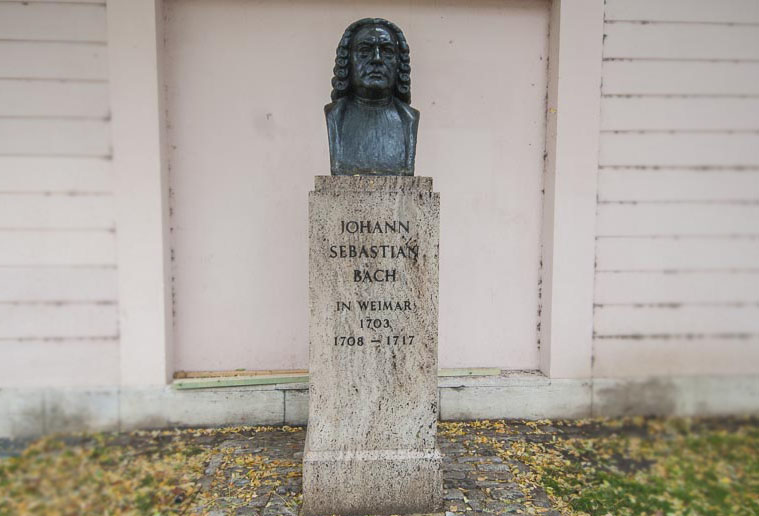
-
Katholische Kirche
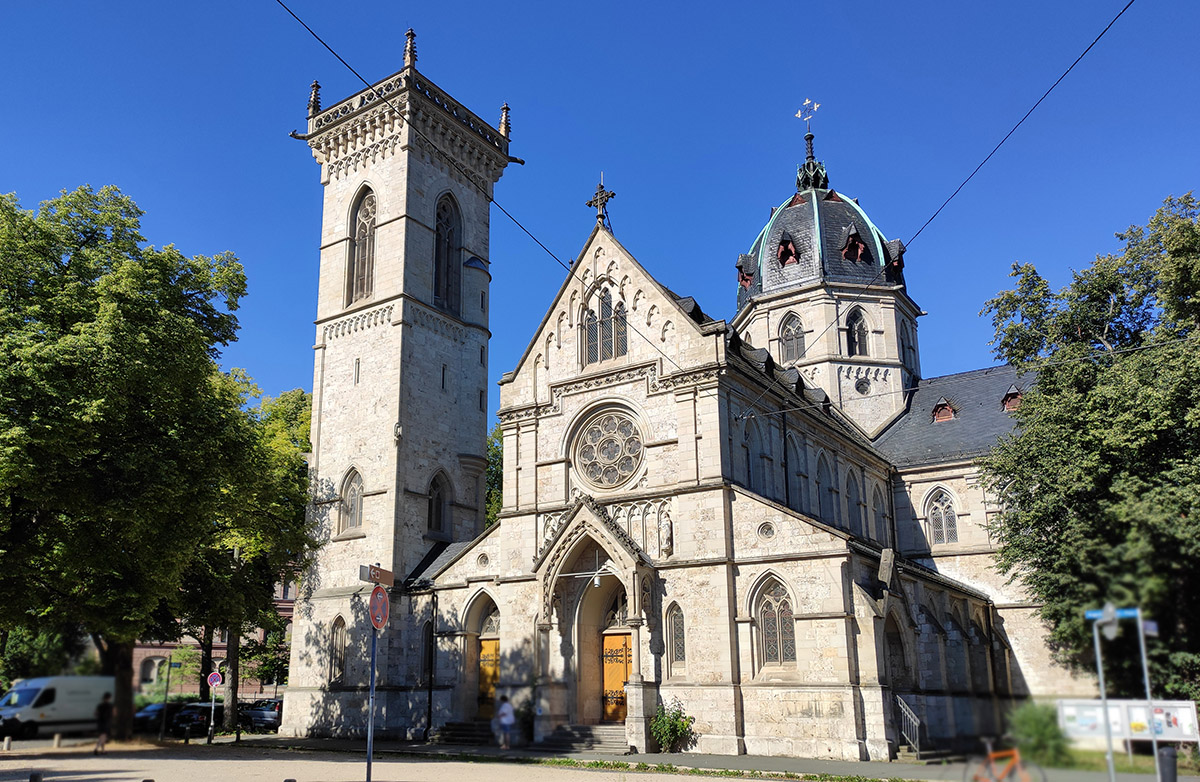
-
Landesmuseum
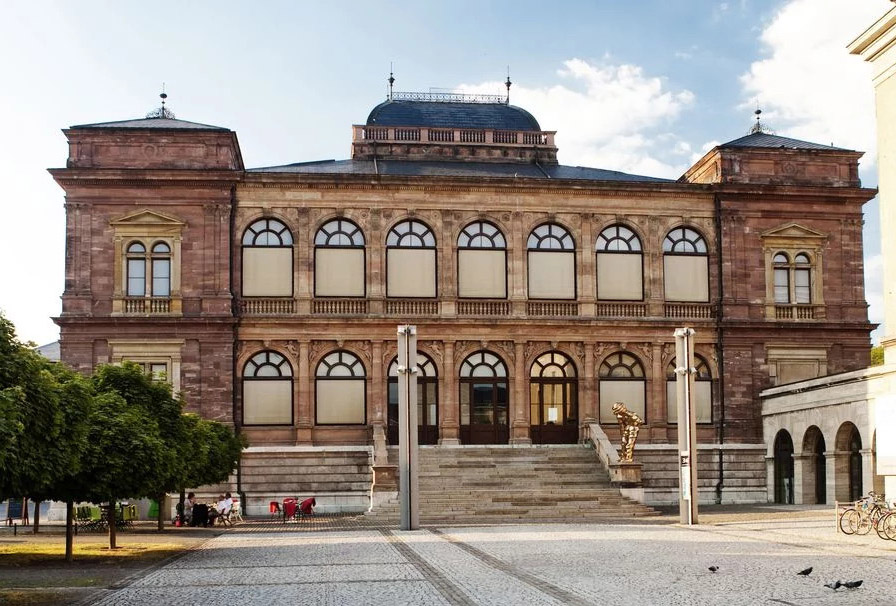
-
Liszthaus & Liszt in Weimar
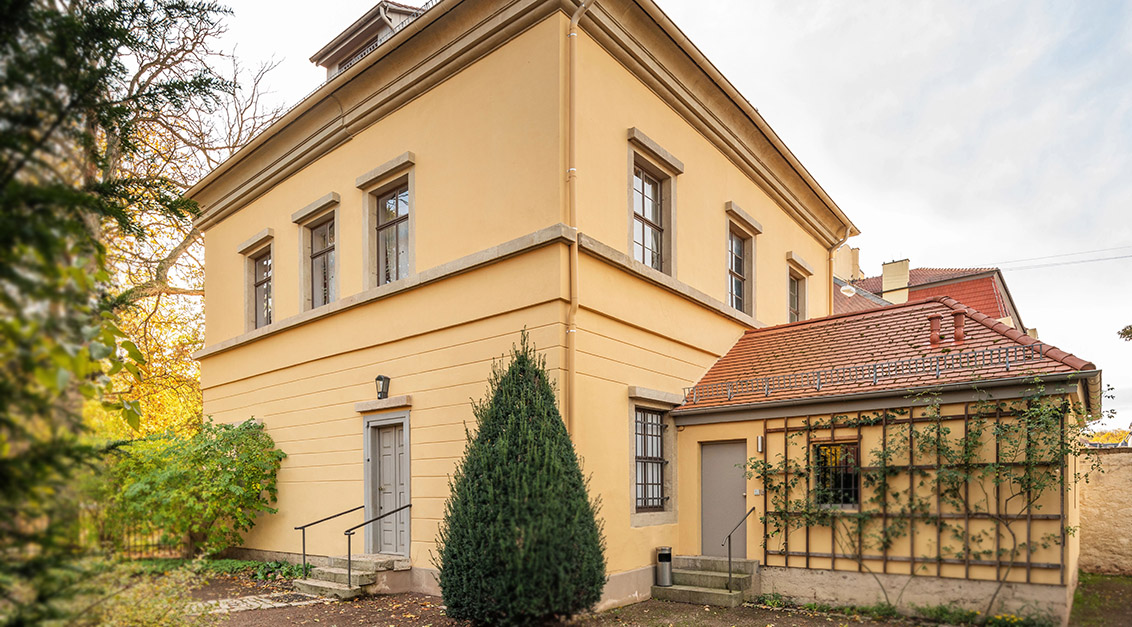
-
Markt
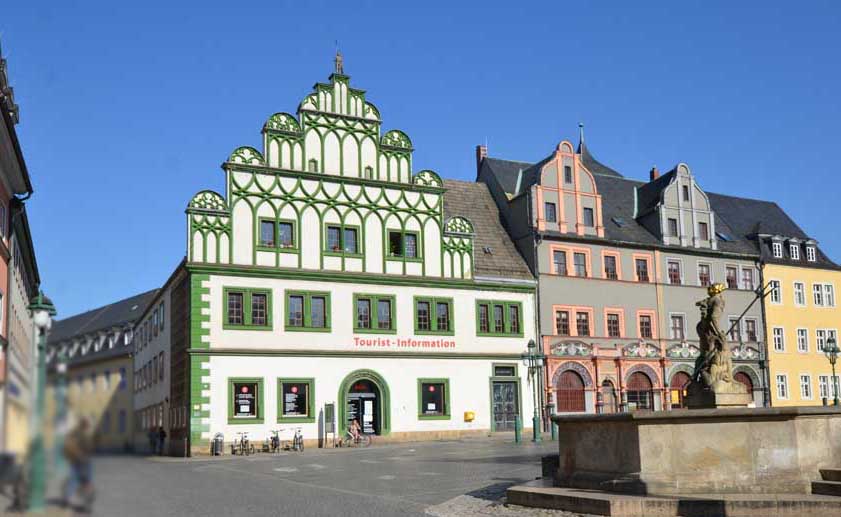
-
Marktplatz, Rathaus, Cranachhaus
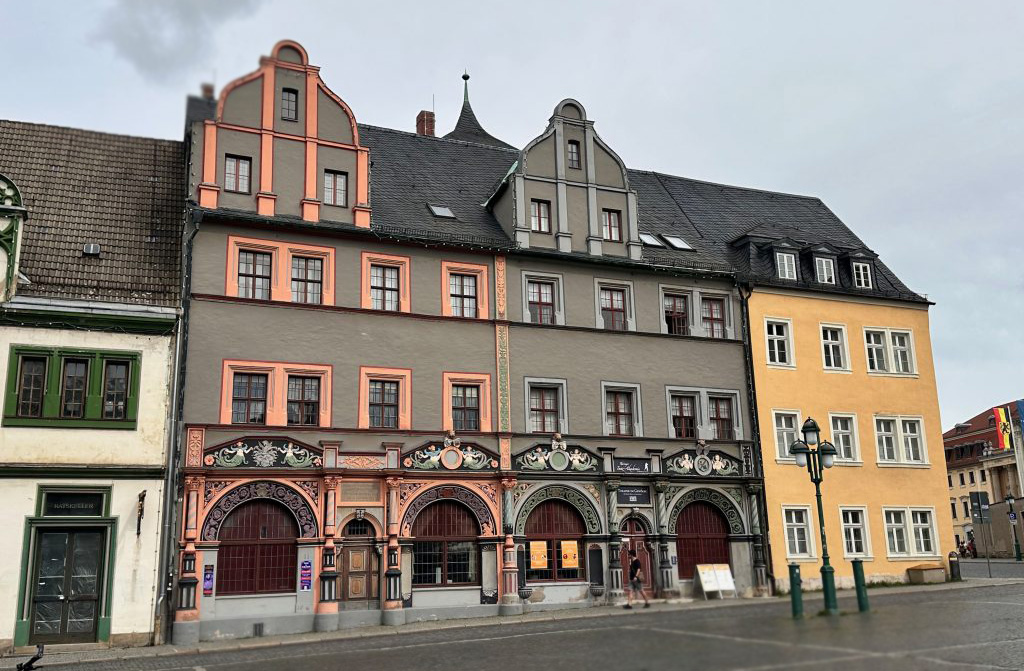
-
Marstall
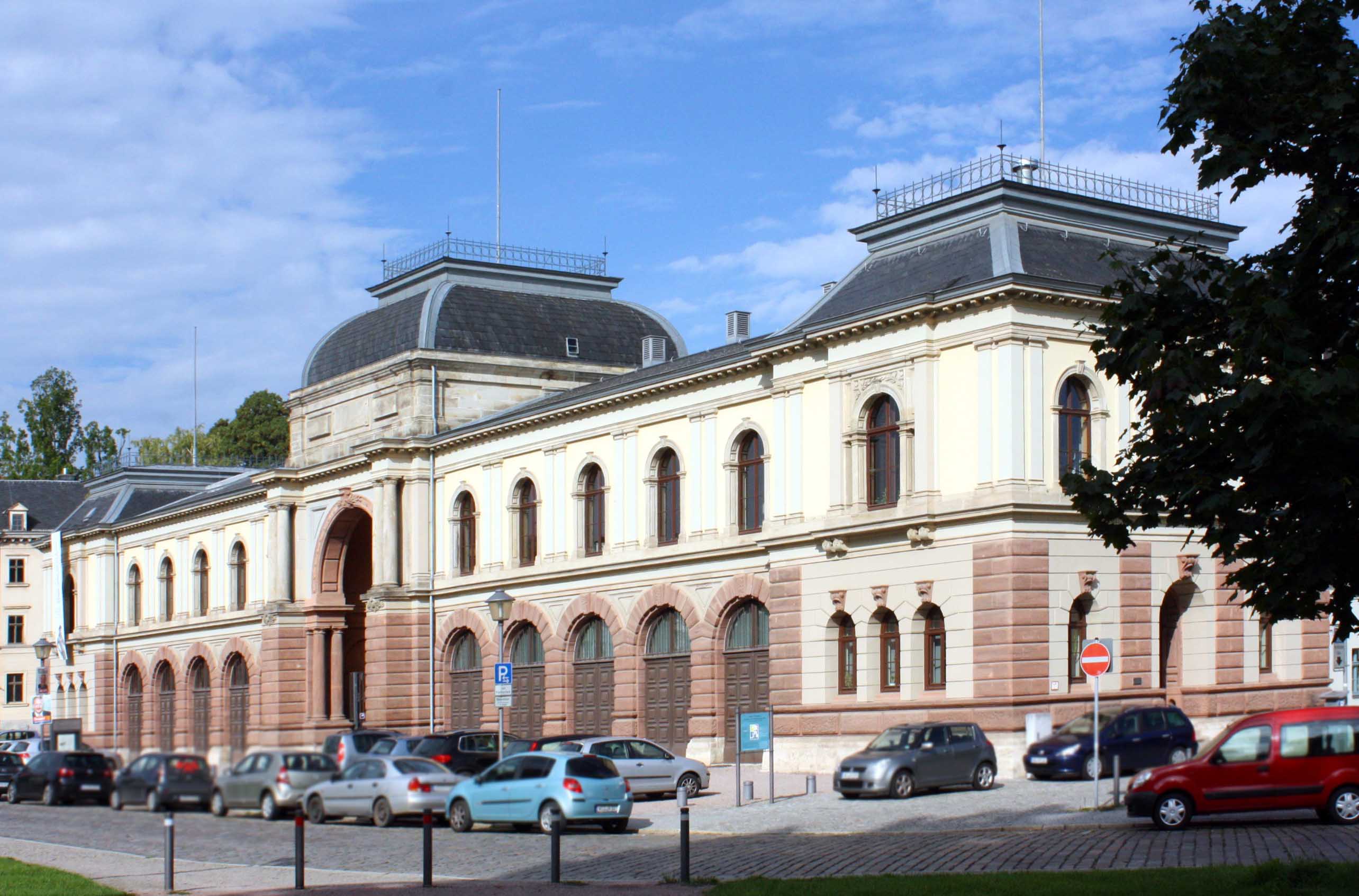
-
Modernes Weimar: Neues Bauen am Horn
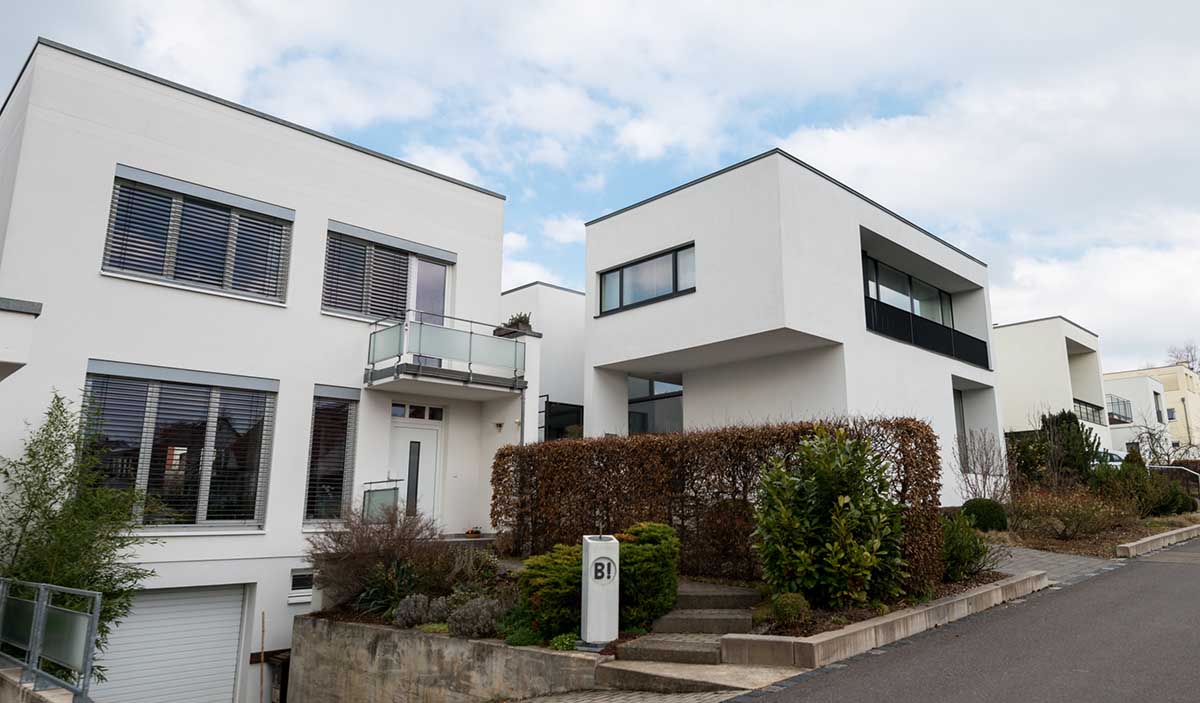
-
Neue Weimarhalle
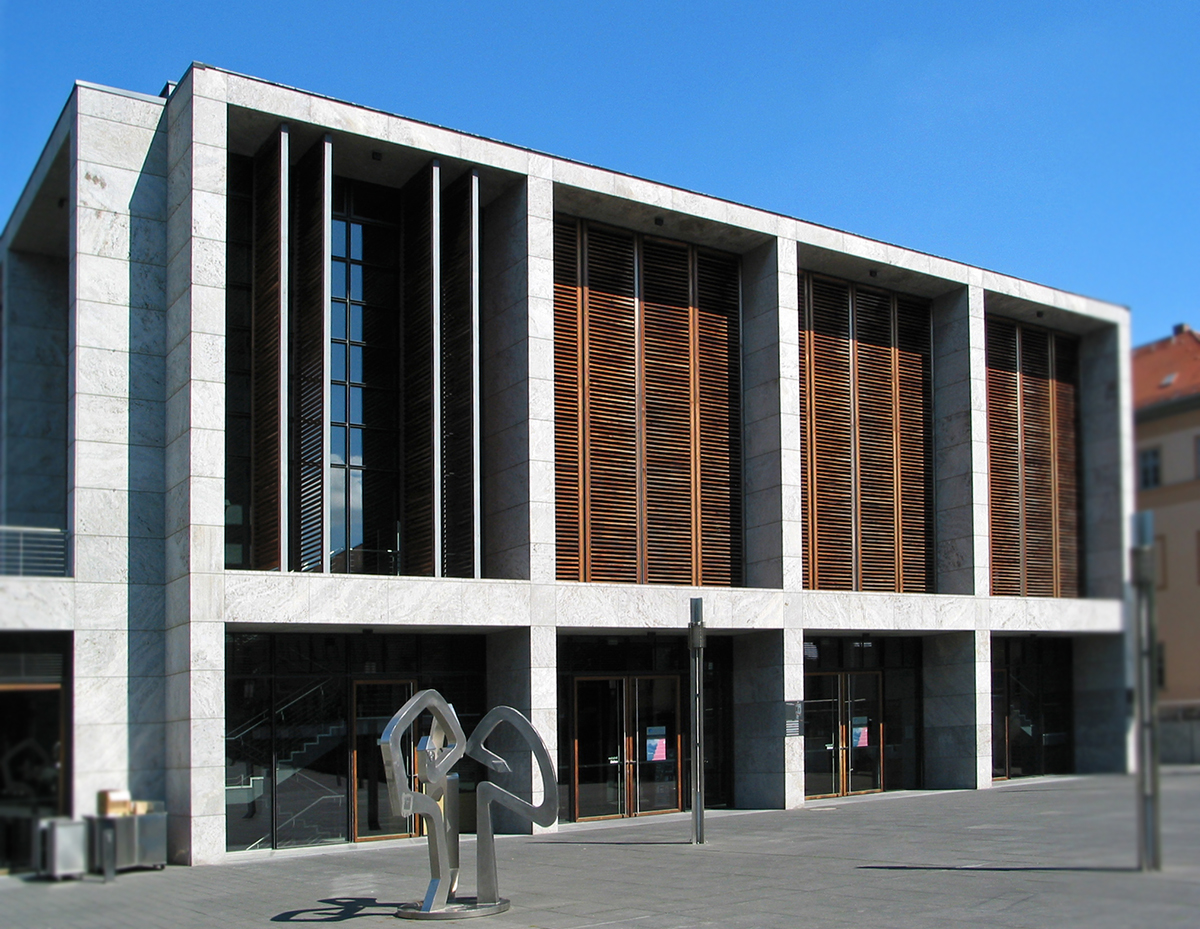
-
Neues Museum
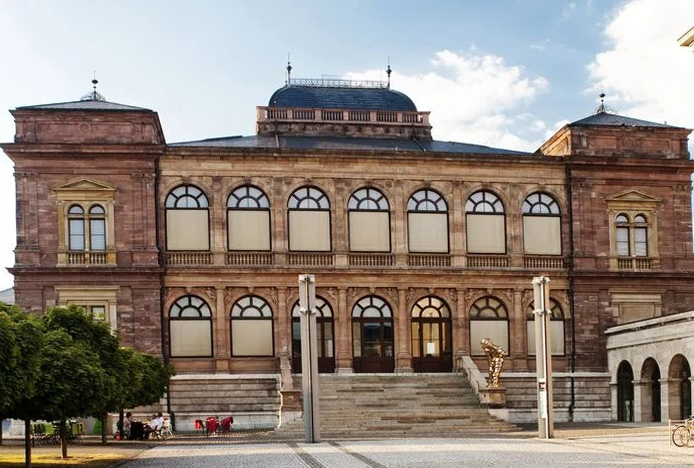
-
Parkhöhle

-
Platz der Demokratie (Fürstenplatz)
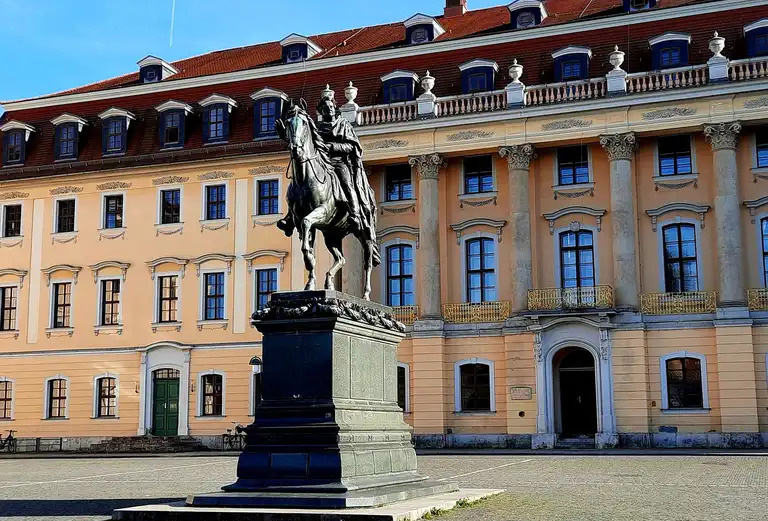
-
Platz der Demokratie, Anna Amalia Bibliothek
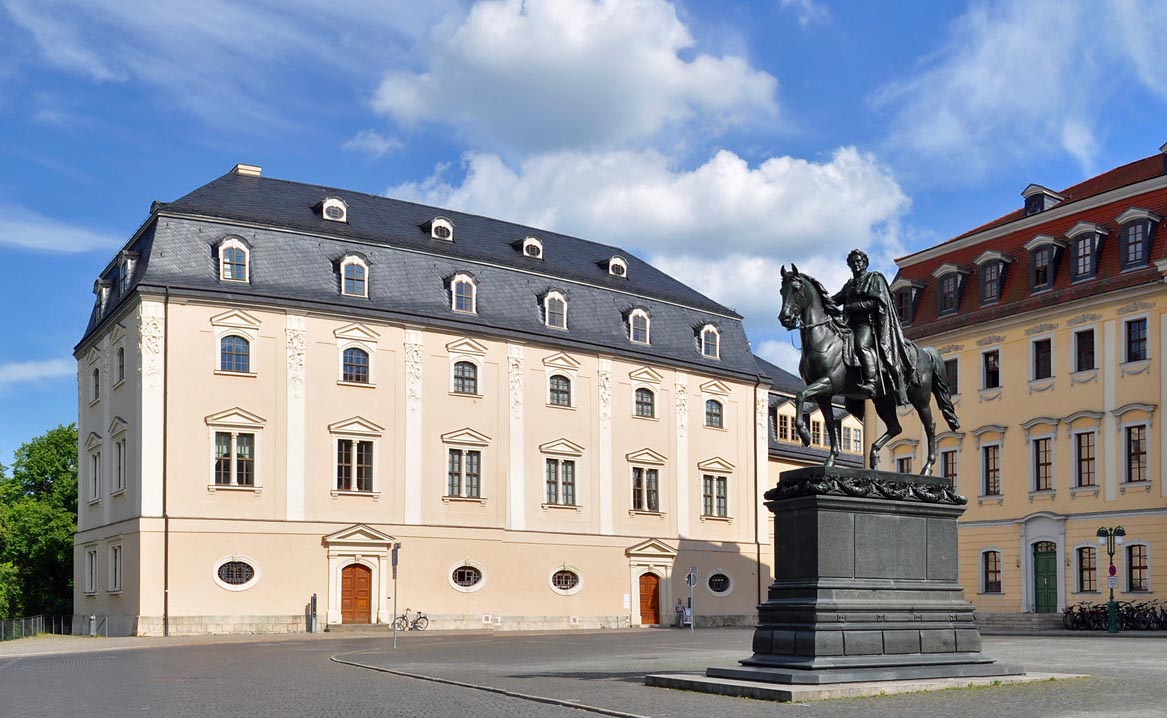
-
Rathaus
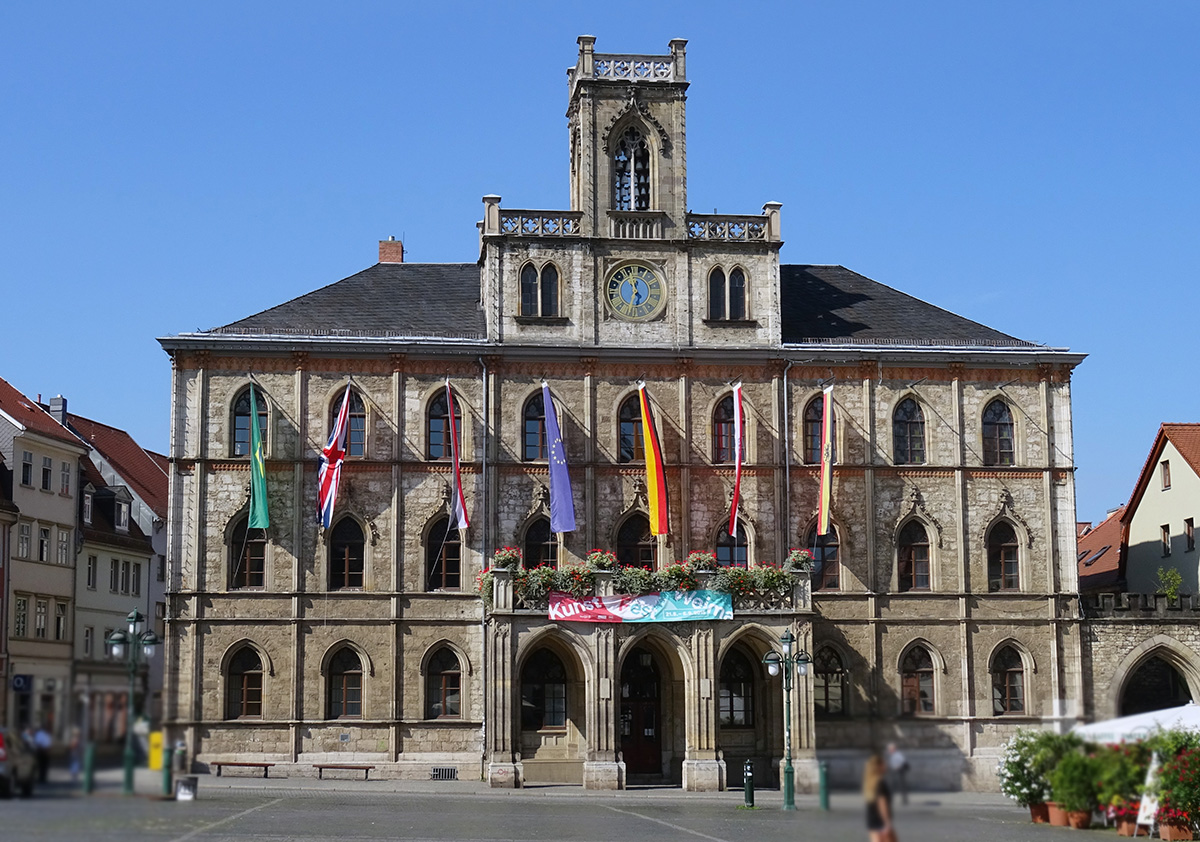
-
Reiterstandbild Carl August
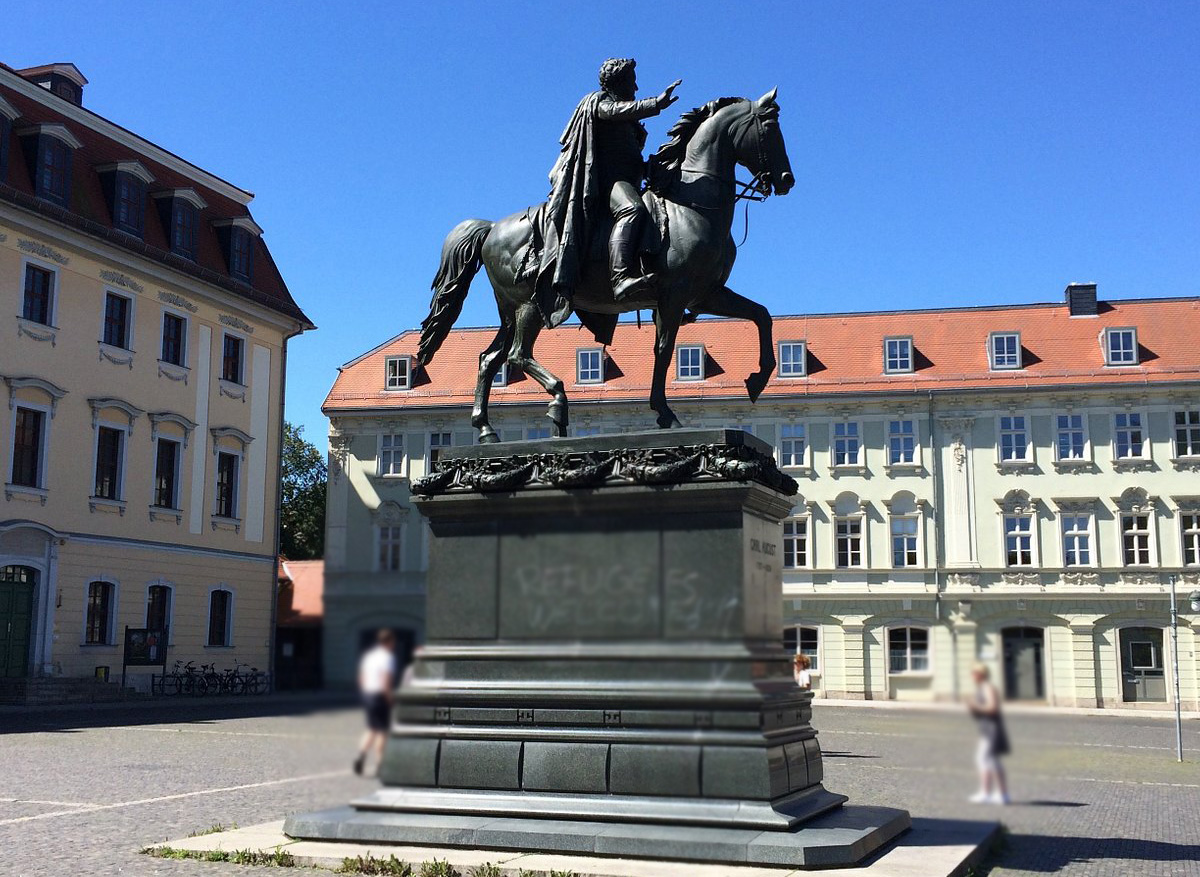
-
Römisches Haus (Carl August)

-
Schloss Belvedere
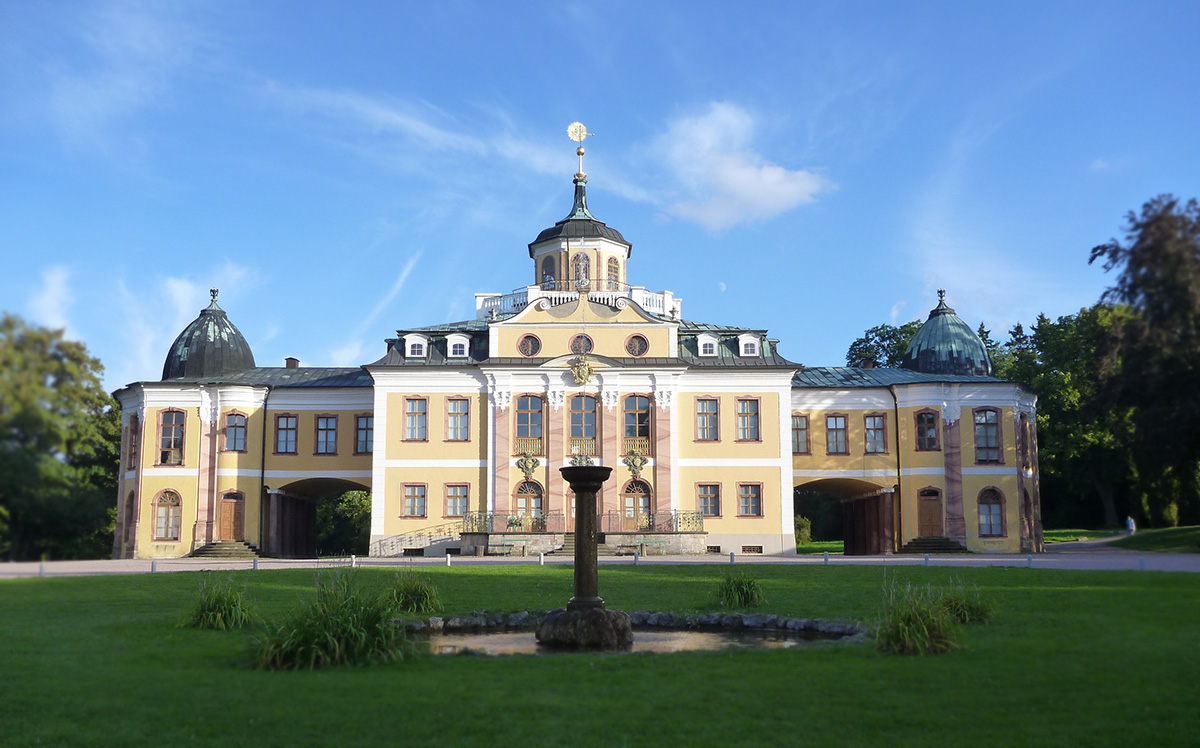
-
Stadtmuseum
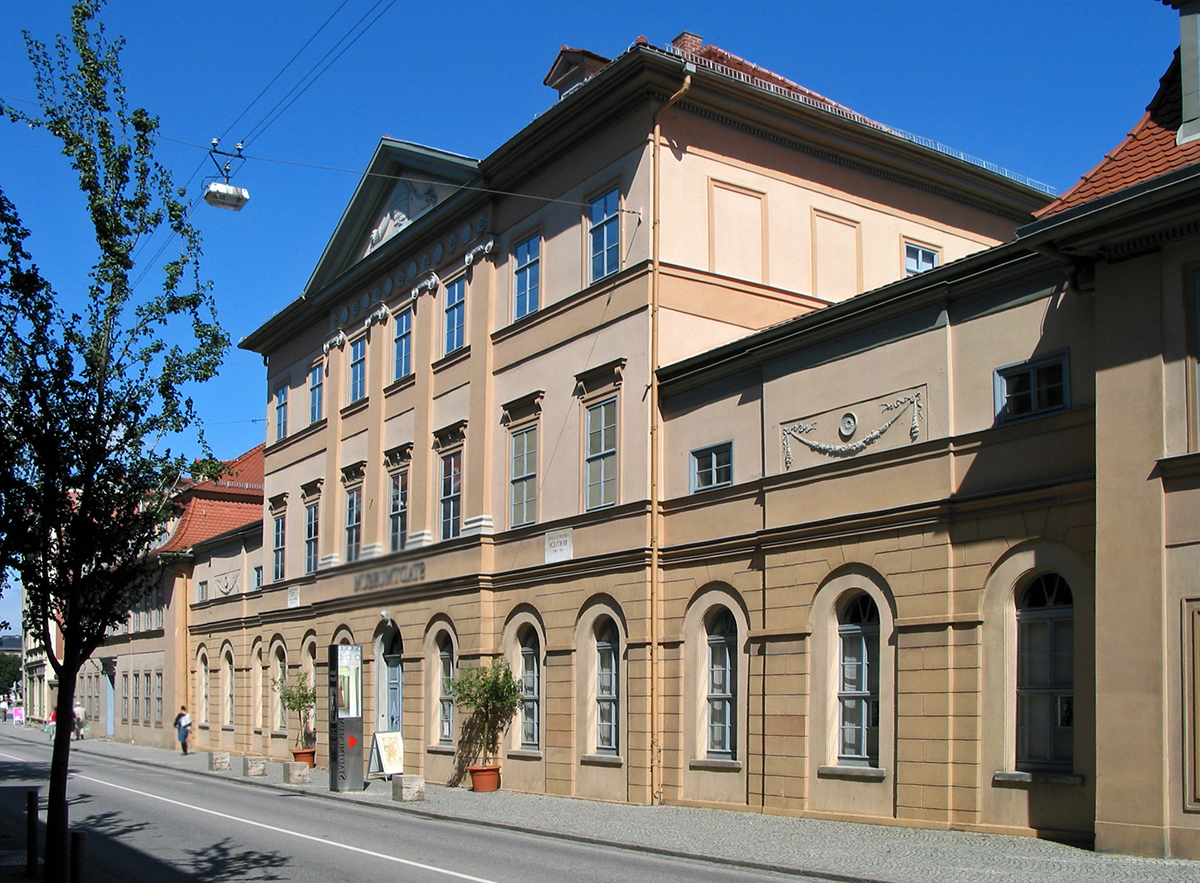
-
Stadtschloss
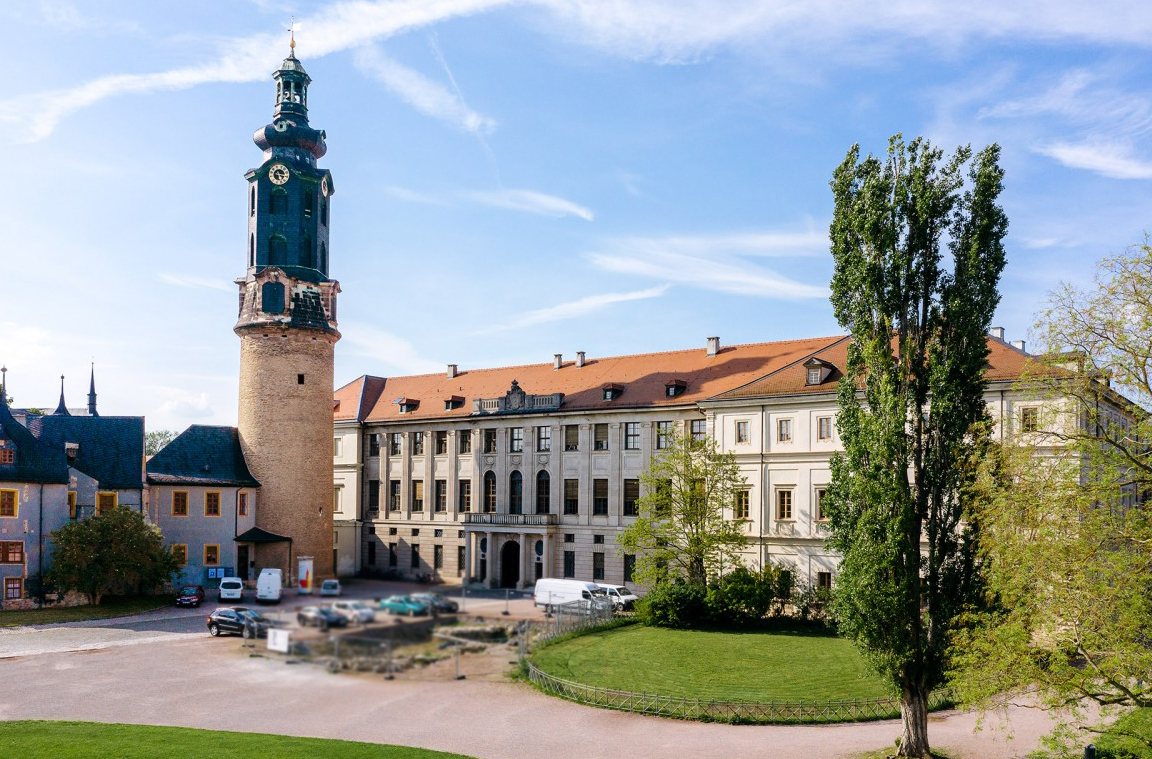
-
Standort Neues Bauhausmuseum
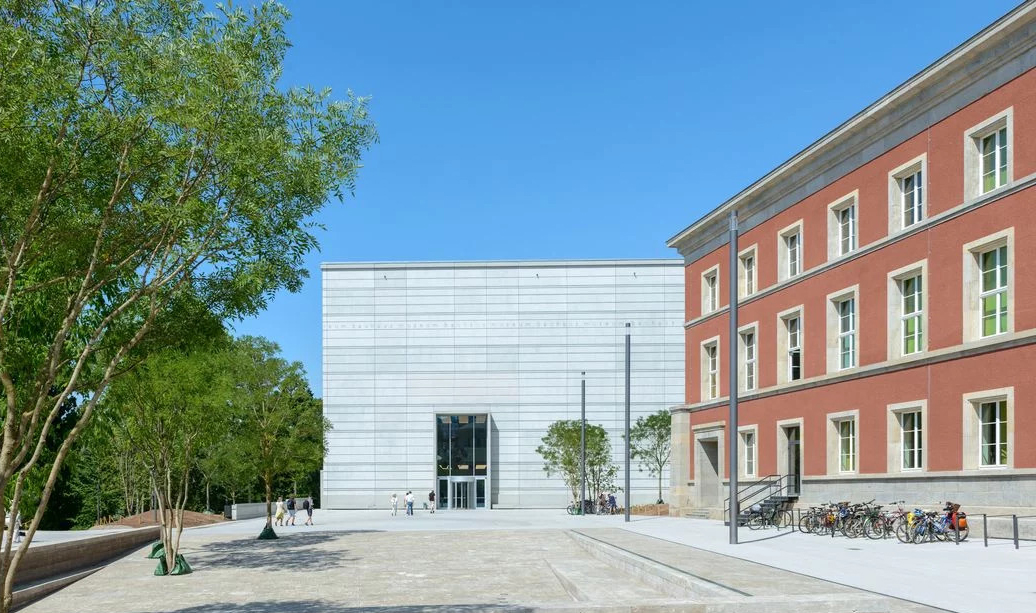
-
Villa Altenburg
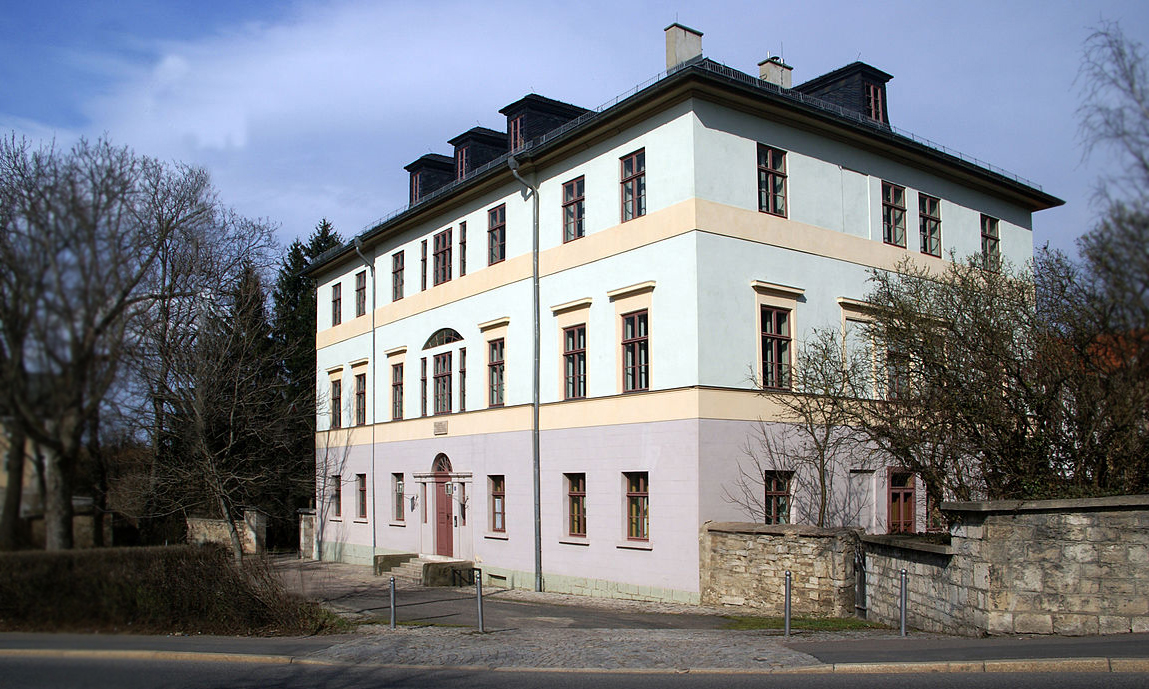
-
Welscher Garten
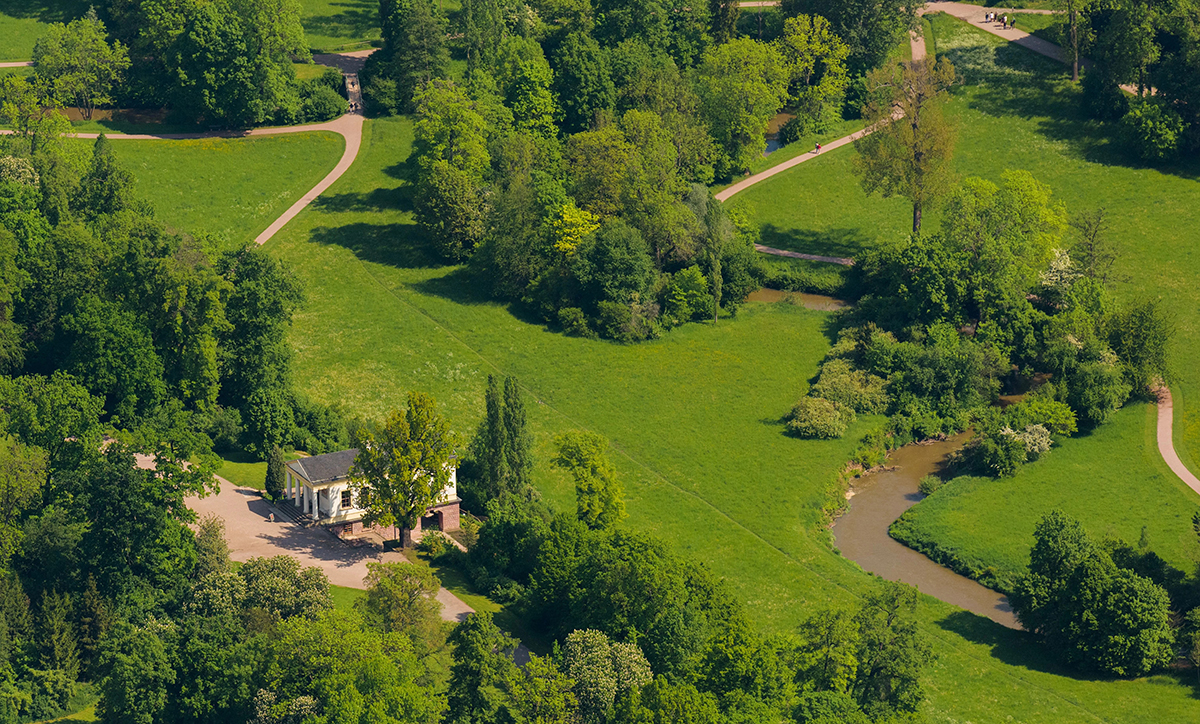
-
Wielanddenkmal
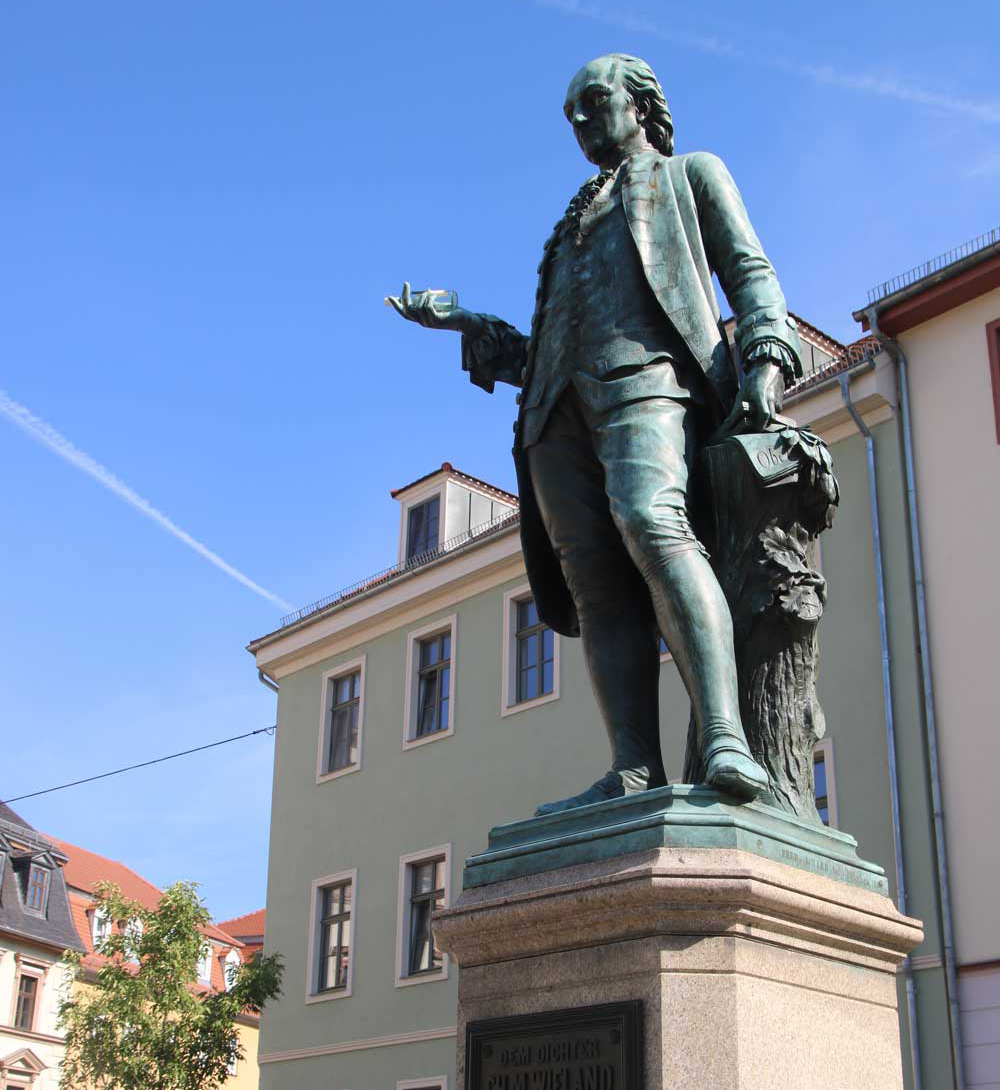
-
Wittumspalais


